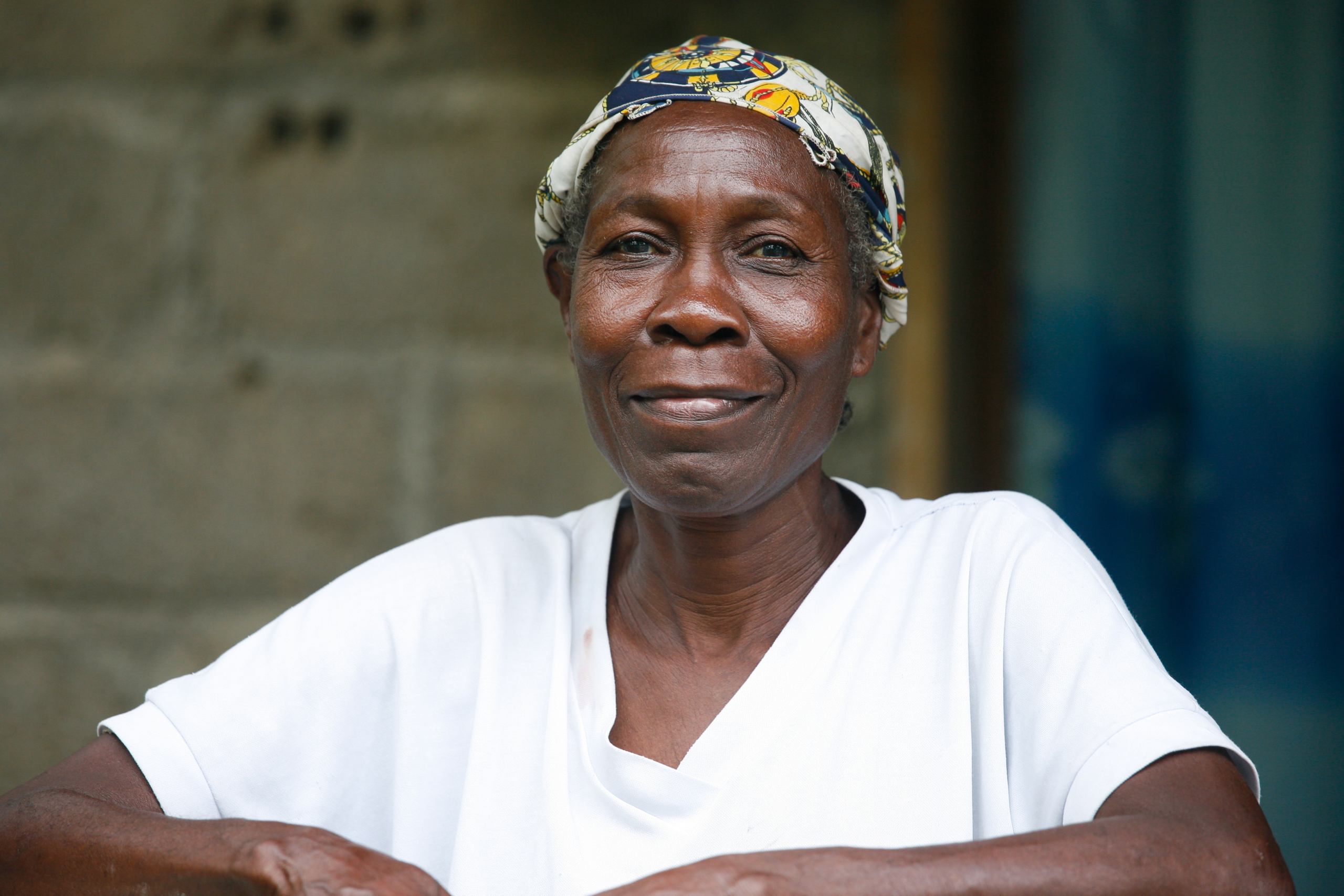10 Facts about Gender Inequality in Haiti
 Haiti is one part of the isle of Hispaniola and located in the Caribbean Sea. It was born out of imperialism and enslavement by European powers. Haiti won its independence from foreign powers in 1804 although it wouldn’t be officially recognized until several years later. Today, the women of Haiti make up the pillars of the Haitian economy, yet still, there is an undoubted disparity between men and women. Women in Haiti face gender-based discrimination and violence. Here are 10 facts about gender inequality in Haiti.
Haiti is one part of the isle of Hispaniola and located in the Caribbean Sea. It was born out of imperialism and enslavement by European powers. Haiti won its independence from foreign powers in 1804 although it wouldn’t be officially recognized until several years later. Today, the women of Haiti make up the pillars of the Haitian economy, yet still, there is an undoubted disparity between men and women. Women in Haiti face gender-based discrimination and violence. Here are 10 facts about gender inequality in Haiti.
10 Facts about Gender Inequality in Haiti
- While women and girls stand at the heart of the Haitian economy and society, they still face much gender-based violence. Organizations like the U.S. Agency for International Development (USAID) are committed to creating gender equality in developing nations such as Haiti. One in three Haitian women ages between the ages of 15 to 49 has experienced some form of gender-based violence.
- For many Haitian girls ages 13 to 17, school was the second most common location where they reported some kind of sexual abuse.
- Due to a feeble judicial system in Haiti, there were no laws in place declaring rape and domestic violence a punishable offense until 2005. Furthermore, women and girls in Haiti are given far less legal protection than men. This results in no penalties for criminals who commit these atrocious acts.
- USAID supports the introduction of a gender-specific legal strategy that would grant women better access to quality legal protection. USAID’s Projustice Program has provided legal services and justice to at least 50,000 people between 2009 and 2016. Projects like the Projustice Project are crucial to the improvement of the lives of many Haitian women.
- Beyond Borders is an NGO with the goal of preventing violence against women in Haiti. It launched a project in June of 2010 called “Rethinking Power.” Rethinking Power is a project that works closely with five Haitian communities to reeducate the participants about violence against women. Rethinking Power uses mediums like theater and comic strips to convey the message that a man should not commit violence against women. As a result of this project, 94 percent of participants agreed that a man has no right to strike a woman when he is angry. Additionally, one in three community members has reported someone from his or her community who discusses Rethinking Power regularly.
- Women have a 20 percent higher chance to be unemployed than men, according to a 2015 World Bank report. Unfortunately, many employers in Haiti discriminate when it comes to sex. It favors men over women for employment, furthering gender inequality in Haiti.
- Women in Haiti often live in poor, low-quality housing. Many single mothers and women live on low wages with little means of social and economic advancement. Some women are forced to live with their parents to make ends meet.
- Only 22 percent of women are married in Haiti. In Haiti, a woman’s social standing is higher if there is a man in her life, especially for low-income women. Single women and single mothers are often frowned upon in society.
- Non-governmental organizations like the Pan American Development Foundation have helped fund 11 women-owned businesses through its LEAD program. This created 9,000 jobs. This is a crucial step in the rebuilding of Haiti, allowing women to attain better jobs in a male-dominated workforce.
- Most women in Haiti work in the informal sector. The informal sector often includes makeshift marketplaces and low-income jobs. An article in the 2010 MIT journal about the rebuilding of Haiti after the earthquake suggests that Haiti should be rebuilt with women at the forefront of the rebuilding process. Focusing and raising the power of the informal sector and the work the women of Haiti do should be an integral part of the rebuilding of the Haitian economy.
Despite the fact that the country that has been ravaged by gender inequality, it is arguably on a road to a better future for Haitian women. Many advocacy groups work to lessen the burden women face in Haiti. Groups like Rethinking Power and USAID have helped to change the violent, victim-blaming attitude men harbor toward women in Haiti. Organizations like these are working to change these 10 facts about gender inequality in Haiti.
– William Mendez
Photo: Flickr
